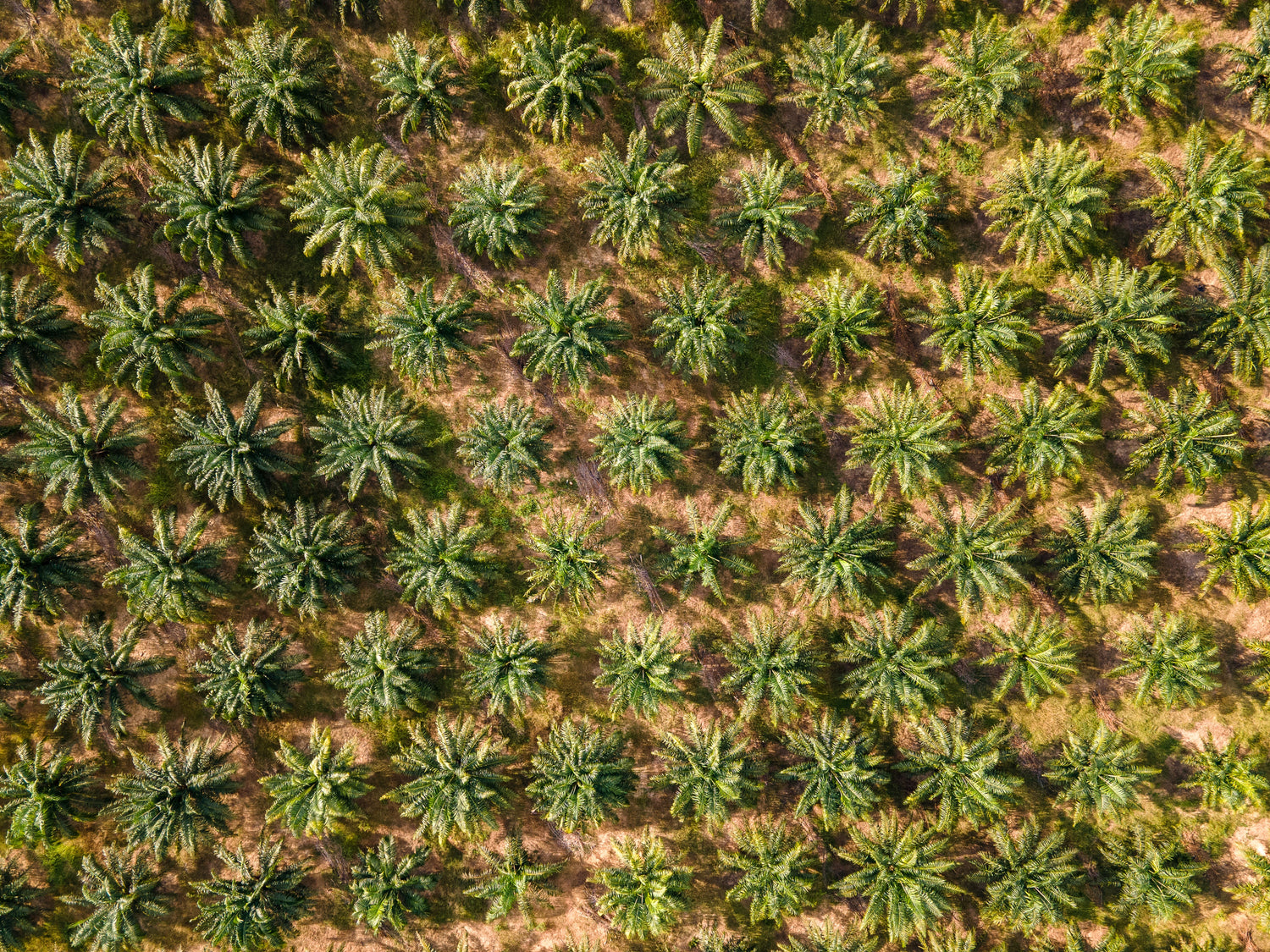Secondary nutrients like Calcium and Magnesium play a crucial role in maintaining the health and productivity of coconut palms. Calcium strengthens cell walls and improves soil permeability, while magnesium, a core component of chlorophyll, is essential for photosynthesis and nut development. Deficiencies lead to poor growth, splitting husks, drooping fronds, and reduced nut yield. Acidic soils often lack calcium, and low organic matter limits magnesium availability. Regular applications of lime or gypsum for calcium and magnesium sulfate (MgSO₄) for magnesium can correct these imbalances, ensuring robust growth, improved nut setting, and long-term sustainability of coconut plantations.
(i) Calcium
Calcium in the form of calcium pectate is essential for the structure and permeability of cell membranes. Calcium deficiency is common in acid soils with low pH. Calcium is generally immobile in plants and there is a very little translocation of Ca2+ in the phloem. Splitting of husk, loss of vigour and drooping of coconut fronds are the common symptoms encountered due to calcium deficiency. Calcium, being a flocculating agent also encourages drainage and infiltration of the soils. Amelioration of acid soil by application of lime and for neutral soils, gypsum application @ 1 kg per palm per year helps in calcium nutrition to coconut.
(ii) Magnesium
In coconut production system, magnesium (Mg) nutrition is gaining momentum in the recent past in the context of emerging diseases like root (wilt). Magnesium (Mg) is a mobile element and a part of the porphyrin ring structure of chlorophyll molecule and hence closely associated with photosynthesis and protein synthesis. Paucity of organic manures and mineral nutrients pave way for Mg deficiency.
Inter-veinal chlorosis of older leaves, yellowish blotch near the base of leaf which extends throughout are the common symptoms of Mg deficiency. There is a great reduction in number of nuts per palm. Application of MgSO4 @ 500 g per palm per year is recommended to alleviate magnesium deficiency symptoms in coconut.

Symptoms of Mg deficiency in palms
(iii) Sulphur
Sulphur plays a critical role in oil synthesis in oil-yielding crops and is essential for optimizing nutrient efficiency in coconut cultivation. Soils low in organic matter are prone to sulphur deficiency, which can weaken the stem, causing leaves to droop and reducing both leaf number and size in older palms. A characteristic apron of dead fronds may develop around the stem due to a weakened rachis, and nuts may fall prematurely. The copra produced becomes rubbery and of poor market quality. Symptoms of sulphur deficiency include yellowish-green or yellowish-orange leaflets, with older leaves remaining green. To address this deficiency, applying gypsum at 2-5 kg per palm annually and root feeding with a 0.2% gypsum solution (2g per liter of water) is recommended.
